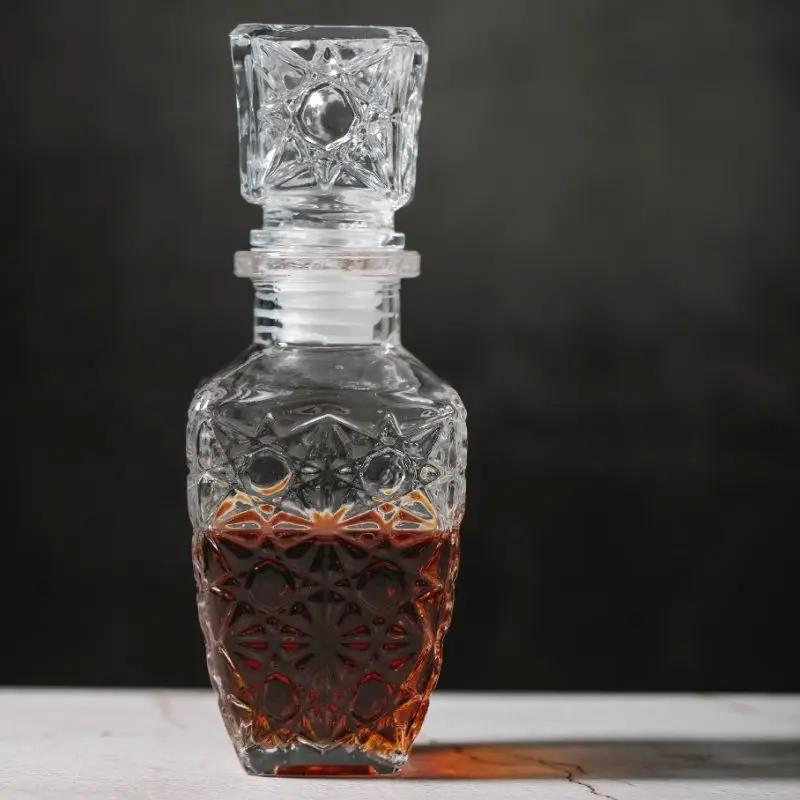The vacuum environment allows several times to reduce the infusion time, while maintaining the original aroma and taste, which is difficult to add by other methods, such as heating. Therefore, vacuum tinctures have found their admirers, especially since the cost of the necessary equipment (lids and a hand pump) is relatively low and they are easy to operate. But even here there are some nuances that you need to know before cooking.
Theory
When insisting, aromatic and other substances from raw materials (fruits, berries, herbs, etc.) are extracted with an alcohol base (mainly water and alcohol). Extraction occurs, which is also called maceration or extract.
But in order for water and alcohol to penetrate deeply into the raw material, it takes time, since even easily permeable porous organic structures contain oxygen, which interferes with extraction, pushing out alcohol. Therefore, the infusion lasts a relatively long time – from several days to several months. The time depends on the porosity – the larger the pores of the organic, the less time is required.

Infusing under vacuum reduces the preparation time of the tincture by 2-4 times, because without oxygen it is easier for the alcohol base to seep into the raw material and “wash out” the beneficial substances. In this case, it is not necessary to create an absolute vacuum by pumping out all the oxygen (special equipment is required), it is enough to lower the pressure in the tank.
At home, a vacuum in a jar is created using special vacuum lids (sold in hardware stores, supermarkets and via the Internet), which were originally developed for long-term storage of products in jars, for example, open preserves, but over time, lovers of tinctures began to use them. The vacuum cover differs from the usual one only by the built-in valve in the middle, and a manual pump for pumping out oxygen is also included.
Scope
Vacuum infusion is well suited for fruits and berries, where overextraction is almost not felt. Also, this method is applicable in the case of herbs, roots and spices, when a too concentrated tincture can be diluted with a pure alcohol base – vodka, moonshine or alcohol.

Vacuum infusion is not recommended for aging distillates on wood chips (oak chips or pegs) because too much extraction results in “skirting” – a drink with a sharp woody smell and taste, which is almost impossible to correct without distillation (distillation or rectification). Even with classic barrel aging, the barrels themselves are not sealed to remain in contact with air.
How to make tincture under vacuum
The number of ingredients and the cooking technology itself do not change, only the infusion time is reduced. For example, if according to the recipe, extraction takes 14 days, then the tincture under a vacuum lid can be tried already on the 5th day, and if necessary, oxygen is pumped out again and left under vacuum for another couple of days. The exact time is selected empirically.
Vacuum infusion technology
- Pour all ingredients into a jar. Pour in the alcohol base and mix.
Attention! You can fill the jar up to the shoulders (up to the narrowing point) so that there is enough free space. Also, the jar must be made of durable glass, not contain chips and cracks – due to the difference in pressure, thin or damaged glass may burst.
- Using a special pump, pump out oxygen. Stop the process when the raised pump lever returns to its original (lower) position by itself. Disconnect the pump. Usually, a few minutes after the air is pumped out, the raw material floating near the surface sinks to the bottom.
- Leave the jar in a dark place at room temperature for a period of 3 times less than indicated in the recipe. Try the tincture. If the taste is not satisfactory due to poor extraction, leave the drink under vacuum for a few more days.









